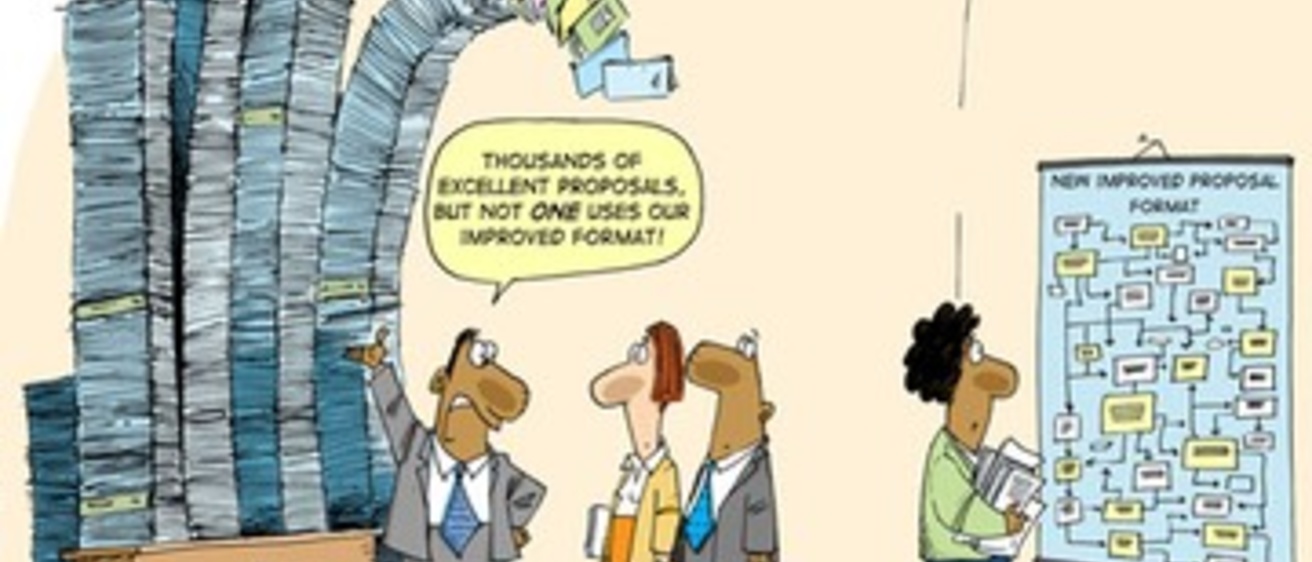Choosing a Topic
Your team should decide on a science question or questions that you want to try to answer about an astronomical object. You may choose to do something similar to what you have done in one of the lab exercises in this course, but look at a different object and taking more precise measurements to obtain a better result, or answer more questions about the object. You might choose to answer a completely new question, and/or look at a type of object you have not observed in the lab. Several sample ideas are listed at the bottom of this page, but there are infinite possibilities that a creative student could come up with.
Your team should brainstorm to come up with several attractive project ideas, and then discuss the pros and cons of each. You should also try to make a short list of possible observation targets for each project using your knowledge from class or by doing some quick research on the internet. Your instructor can help you to determine what is and isn't feasible with the equipment available, what projects would involve an appropriate amount of work.

